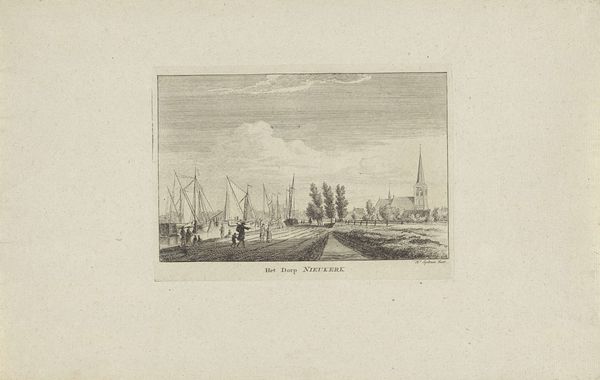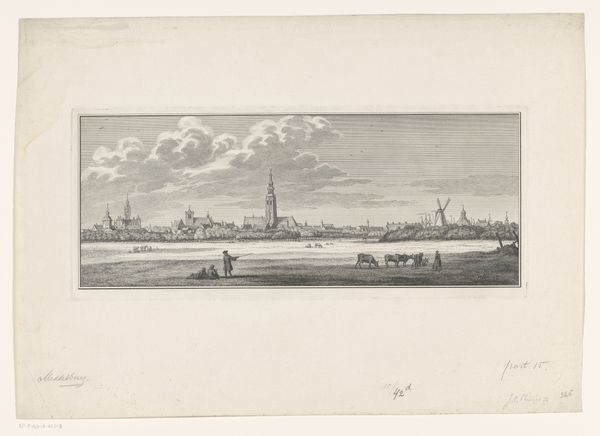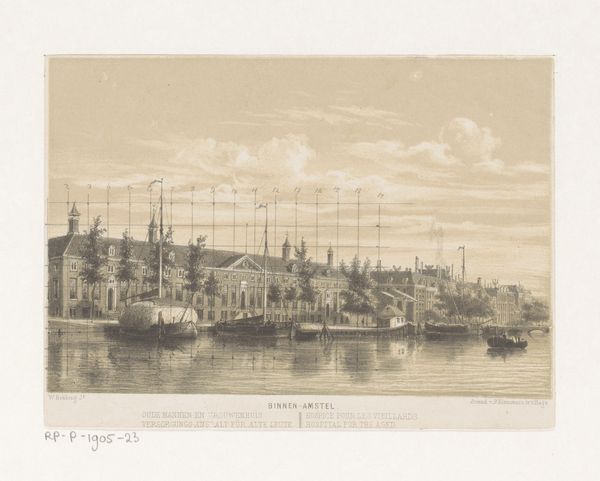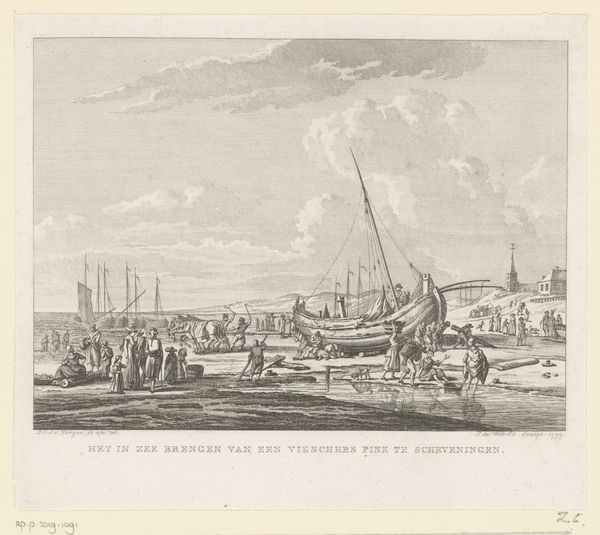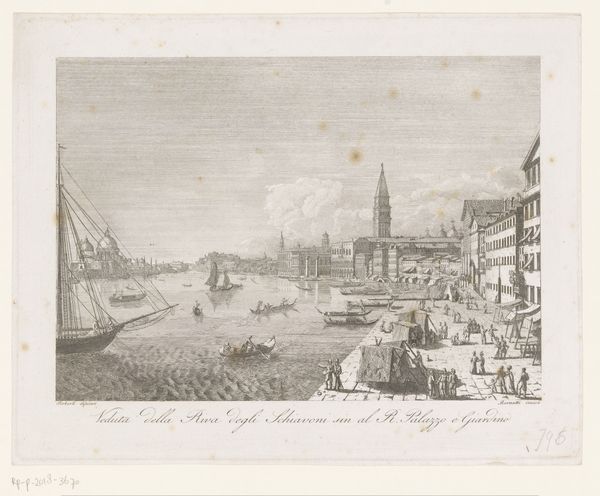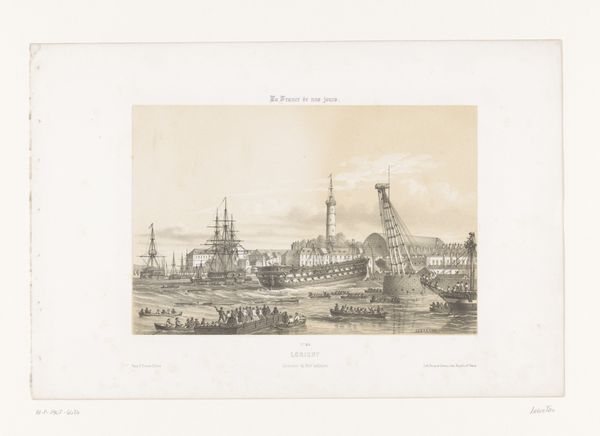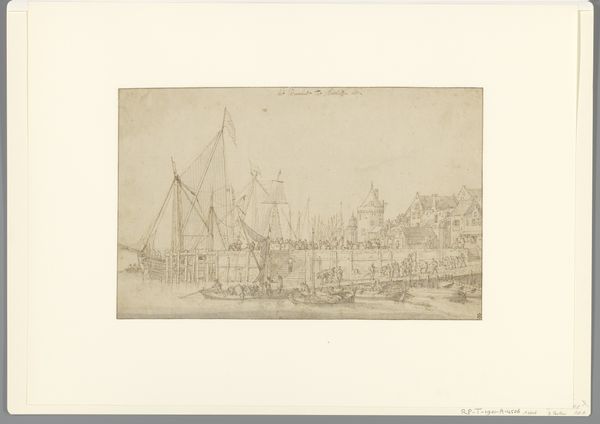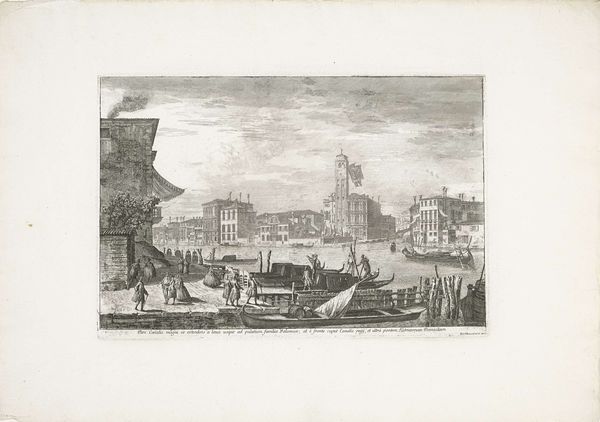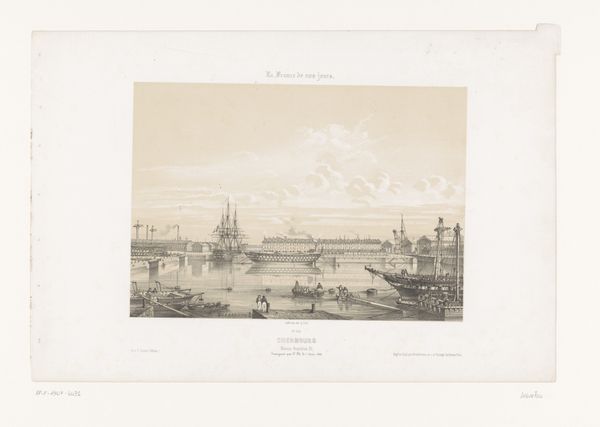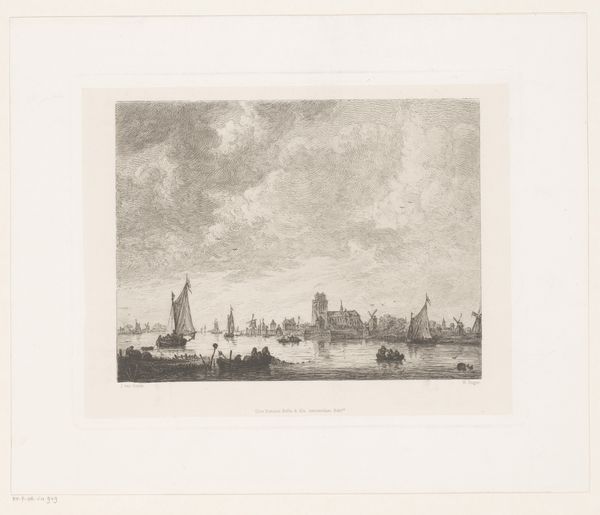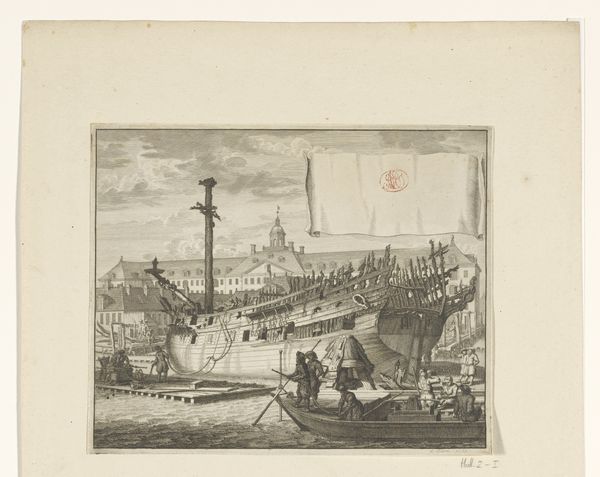
print, engraving
#
neoclassicism
# print
#
landscape
#
cityscape
#
engraving
Dimensions: height 235 mm, width 291 mm
Copyright: Rijks Museum: Open Domain
Curator: Reinier Vinkeles created this print, "Het Plein der Ruïnes, na de buskruitramp, 1807" sometime between 1807 and 1808. It depicts the aftermath of the gunpowder disaster in The Hague and is currently housed here at the Rijksmuseum. Editor: Wow, what a scene! It’s bleak, isn’t it? But there’s also this strange calmness. A city dissected; like watching open-heart surgery on urban life. It is also surprisingly pretty despite the subject matter. Curator: That sense of "calmness," as you put it, may stem from Vinkeles' Neoclassical style. Despite portraying destruction, there's a clear structure, a sense of order that imposes itself onto the chaos. Consider how he uses light to guide the viewer’s eye through the scene. Editor: True, true. The lines are crisp and everything’s perfectly… balanced, in a weird way. It's almost as if it aestheticizes this horrible event. Makes you think about how we package tragedy for public consumption, even back then. Curator: Absolutely. Prints like these were instrumental in shaping public memory and served as a form of early photojournalism, circulating widely and informing opinions. Vinkeles' decision to present this scene with such neoclassical detachment is very telling. Editor: I guess he's inviting the audience to look objectively and analyze, rather than just feel, feel, feel. Did he leave clues to what he felt himself? Curator: Well, look at how he emphasizes the labor of rebuilding, people going about the arduous work of recovery. He portrays the sheer scale of the devastation in relationship to individual lives of working citizens.. This engraving immortalized the collective response to a shared trauma. Editor: So, more document than emotive artwork? Interesting how even "objective" documentation always tells a story. Still, though… all that loss… transformed into this almost… serene image. It’s unsettling. Curator: Art is a double edged sword. It mirrors our lives while asking questions we weren’t prepared to answer, or sometimes weren’t allowed to ask in society. Editor: Makes me think about what we choose to memorialize and how that shapes our present. Definitely something to ponder.
Comments
No comments
Be the first to comment and join the conversation on the ultimate creative platform.
